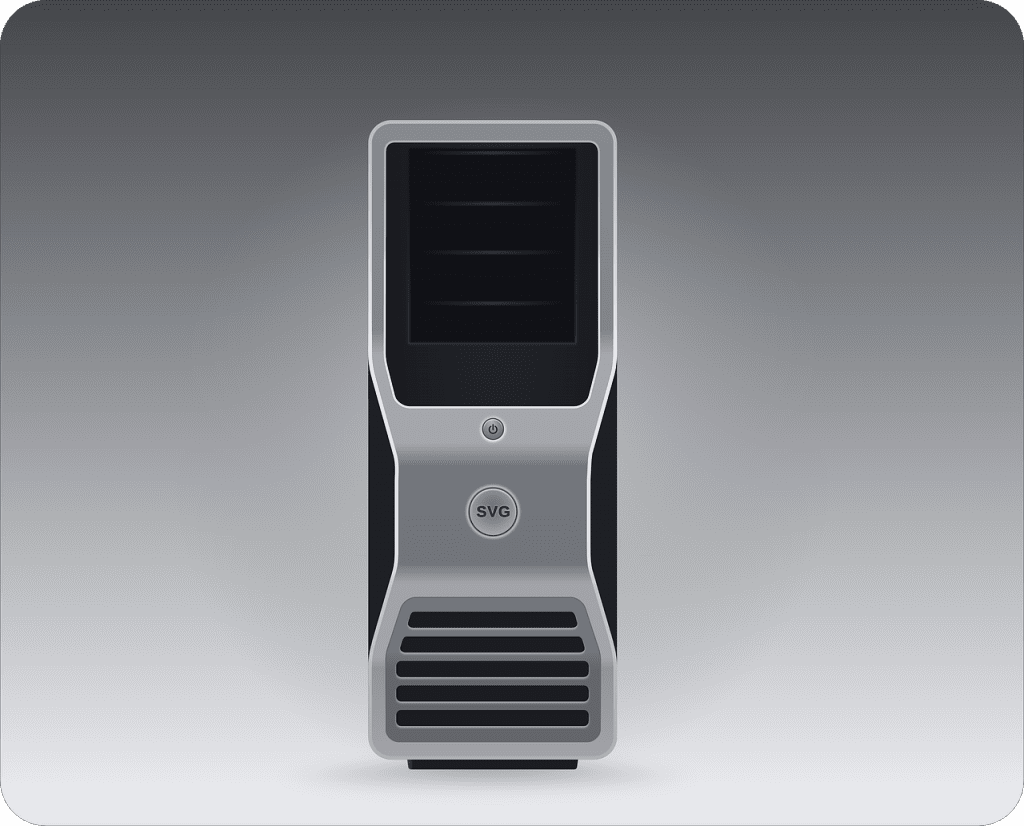
8 Different Types of Servers in Computer Networks
Here are eight different types of servers in computer networks:
Web server: A server that serves web pages to clients over the Internet or a local network.
Application server: A server that runs business applications and provides access to them over the network.
Database server: A server that manages a database and provides access to it over the network.
File server: A server that stores and shares files over the network.
Print server: A server that manages and directs print jobs to printers over the network.
Mail server: A server that manages email communications over the network.
FTP server: A server that facilitates the transfer of files over the network using the File Transfer Protocol (FTP).
DNS server: A server that resolves domain names to IP addresses and enables the routing of Internet traffic.
Get Started Now
Renowned BlueNetz IT architects and consultants can assist your organization in tailoring the perfect solution for all your business requirements. You can reach out to us for more information on how to avail our services.




